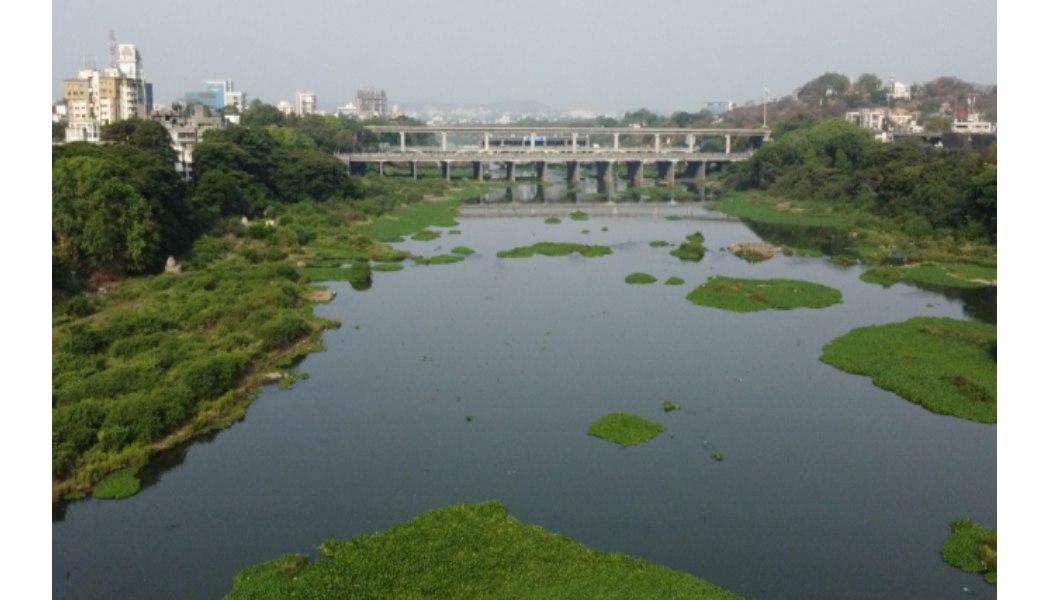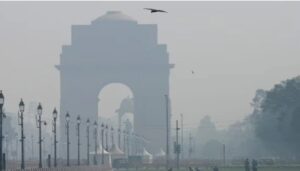Pune: Mutha River Pollution Levels Surpass Mula-Mutha, Reveals PMC Report

Pune, 22nd August 2024: The Pune Municipal Corporation’s (PMC) Environmental Status Report (ESR) for 2023 has highlighted alarming levels of pollution in the Mutha River, surpassing even the pollution levels of the Mula-Mutha River. The report, based on water sample analysis from various rivers across the city, found that the Mutha River’s biochemical oxygen demand (BOD) and chemical oxygen demand (COD) levels exceeded the standards set by the Central Pollution Control Board (CPCB). The CPCB’s permissible BOD limit is 30mg/l, while the COD limit is 150mg/l.
The PMC collected water samples from six different locations along the Mutha River, with the area near Mhatre Bridge identified as the most severely polluted. BOD measures the amount of oxygen consumed by bacteria and microorganisms as they decompose organic matter, such as sewage, in the water. This process reduces oxygen levels and produces harmful compounds, leading to the death of aquatic life and the proliferation of water hyacinth. COD, on the other hand, measures the amount of oxygen required to break down chemical organic matter, including industrial effluents.
The ESR also analyzed eight locations along the Mula-Mutha River, in addition to water quality indicators from Pavana and Katraj Lakes, as well as Ambil, Nagzari, and Bhairoba nullahs. Among all these locations, the Mutha River recorded the highest contamination levels.
“Mutha River remains relatively clean until it enters the city’s limits,” said Mangesh Dighe, PMC’s Environment Officer. “However, several nullahs that carry untreated sewage within the city boundaries contribute to its contamination. The Japan International Cooperation Agency (JICA) project is currently addressing the sewage issue. While the contamination levels in the Mutha are slightly above permissible limits, all parameters for the Mula-Mutha River are within acceptable ranges.”
The ESR also highlighted that the city’s sewage treatment plants (STPs) currently treat 477 million liters per day (MLD) out of a total capacity of 576 MLD. Additionally, the Central Government has approved 11 more STPs with a combined capacity of 396 MLD to further reduce pollution in the Mula-Mutha River.
To tackle the issue, PMC officials have initiated work to connect and install large-diameter drains, ensuring that open sewage in PMC areas is directed to the nearest STP instead of flowing into rivers and canals.
The report also noted an increase in BOD levels in Pashan Lake, which rose to 33.25 mg/l in 2023 from 24.56 mg/l in 2022, surpassing the CPCB’s recommended standards. In contrast, BOD and COD levels in the Mula-Mutha River were found to be within permissible limits.
Commenting on the findings, Shailaja Deshpande, founder of the NGO Jeevitnadi, stated, “The Mutha River lacks natural banks or groundwater springs that could help dilute pollution. In contrast, the Mula-Mutha stretches in the city are greener and have some groundwater springs, which helps maintain lower pollution levels. The excessive BOD in the Mutha River is a significant cause for concern.”








